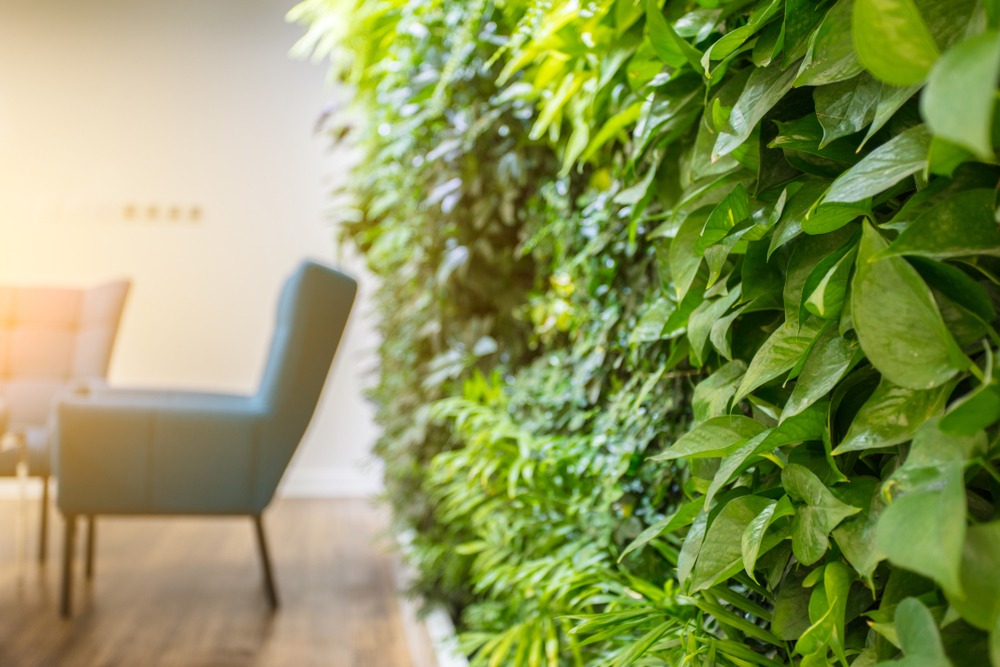Occasionally, hospitality professionals and meeting planners get the chance to produce an outdoor event and let the fresh air and sun wash over them while standing in the cool shade of a tree. But often, meeting planners are working with in-door spaces, sans nature.
As more companies are transitioning back into working onsite, and event spaces are kicking back into gear, meeting planners have an opportunity to explore the benefits of a biophilic design, defined as the human tendency to interact or be closely associated with other forms of life in nature.
Bringing Nature Inside
For insight into how adding a biophilic design can benefit a meeting space, Smart Meetings spoke with Joe Zazzera, the leading biophilic design pioneer of Plant Solutions, a company that specializes in bringing nature into interior spaces.
Read More: Reduce and Reuse: Meeting Spaces Go Green
“We build these great buildings, but why have we not incorporated nature as part of the design of those buildings?” Zazzera asked. He pointed to the example of the typical conference room with no windows, no sunlight and no sense of what’s going on outside.
From Decorations to Health Benefits
Over the course of his 43 years working in biophilic design, Zazzera has seen a shift in how employers are using nature.
“When I first started, it was really just about putting plants in office lobbies to make their place look good. It was more about image,” Zazzera stated. “We now know the benefits of living plants indoors; it’s become more and more of a health benefit.”
According to Green Plants for Green Building’s website, plants help lower tension and anxiety by 37%, and reduce feelings of anger by 44%. Also, worker fatigue was seen to have decreased by 38%.
Research also shows work environments, creativity and productivity increased by 15% when plants were added. More importantly, one indoor plant reduces CO2 levels by 20% for every three individuals.
Why Plants Are Important for the Human Body
Cortisol levels, which dictate the human body’s stress response and blood pressure, are naturally lowered when people are present in nature.
“They’re probably feeling less stressed. They’re probably feeling less anxious. They’re probably being more apt to connect with other people,” Zazzera said.
Read More: Four Quick Ways to De-stress During Meeting Crunch Time
His firsthand experience speaking with individuals who get to experience his work is a testament to the importance of a biophilic environment.
“People love to see us coming bringing plants indoors,” he said. Comments include: “Oh, you’re making the air fresher,” or “Oh, you’re making me so happy,” or “Oh, I wanted that plant so badly.’”
For many indoor facilities where direct light may be an issue, event organizers can add low-light plants and use artificial light sources. For indoor living walls, which are growing in popularity now, he suggests elevated lamps to light up the wall and help the plants grow.
The Lasting Impact
Demand from employees has caused the shift in thought around biophilic design. “Employees, especially younger people, are really wanting to have nature in their workspaces because it not only increases productivity, but it makes them happier. It makes them more willing to come to work and stay at work. It helps employers to attract and keep employees,” Zazzera said.
“Employees are demanding more from their employers than they ever have before and bringing nature into the space is one of those things,” he concluded.




